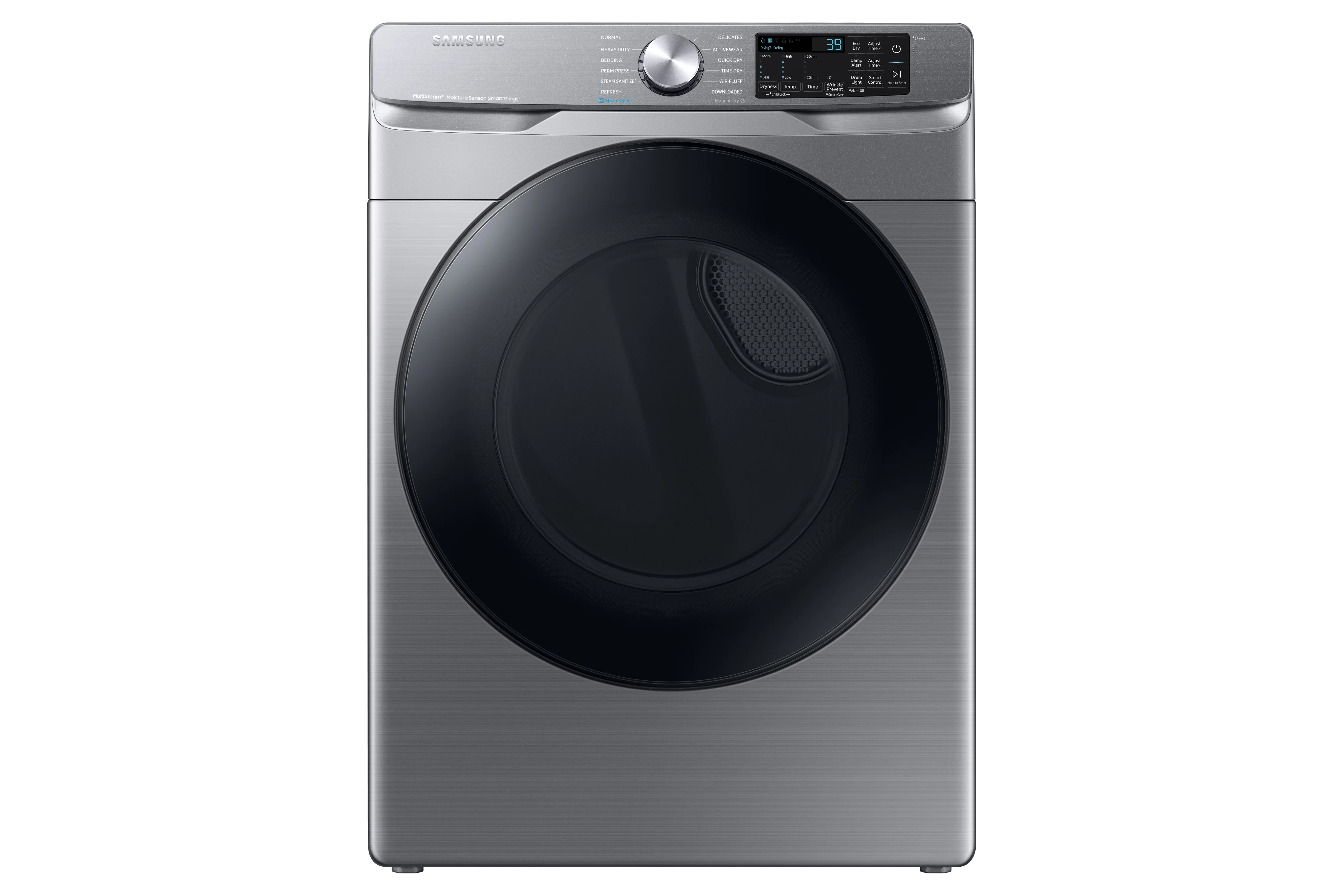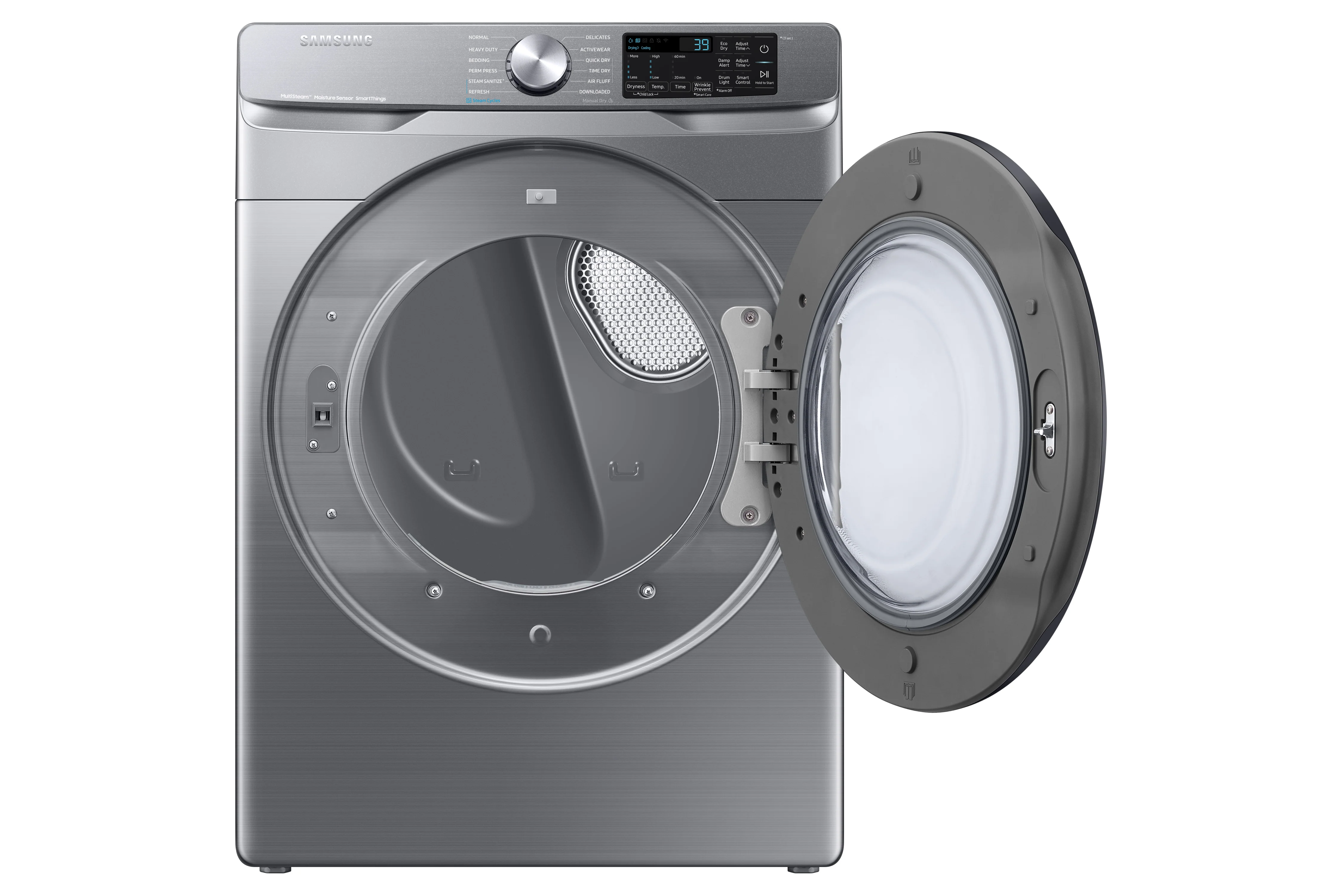Clean stove grates are an integral part of maintaining a functional, aesthetically pleasing kitchen. While it might seem like a mundane task, stove grates can accumulate grease and burnt food particles over time, which can impede heat distribution, causing uneven cooking. This not only affects the taste of your food but can also pose a fire hazard. It's recommended to clean stove grates at least once a week, depending on how often you cook. This guide provides a comprehensive set of instructions for cleaning stove grates.
In this article, we’ll cover:
- Cast Iron Grates
- Enamel Grates
- Stainless Steel Grates
Types of Stove Grates to Clean
Knowing the type of stove grate you're dealing with is the key to deciding the best cleaning method to use. The type of grate can also affect the amount of residue that gets trapped, help you figure out the cleaning products safe to use, and plan the frequency of cleaning. Having the ability to discern your grate type can also make your cleaning task more manageable and effective.
Cast Iron Grates
Made from iron and carbon, cast iron grates are highly durable cookware accessories. Their most discernible characteristic is their hefty weight and sturdy construction. They're recognized by their rugged, unpolished surface, typically appearing in a dark grey or black hue. One of their most significant advantages is their excellent heat retention and distribution properties.
Apart from the benefits, cast iron grates also present certain challenges when it comes to cleaning. They are susceptible to rusting when exposed to moisture for prolonged periods. This necessitates regular and thorough drying after cleaning. Cast iron grates demand regular maintenance. It's advisable to clean them after every cooking session. This frequency of cleaning not only maintains their appearance and functionality but also extends their service life, making your culinary endeavours more enjoyable and less tedious.
Enamel Grates
Enamel grates, a popular choice in many kitchens, are essentially metal grates coated with a layer of enamel. This vitreous enamel coating provides a shiny, smooth surface that not only enhances the grate's aesthetic appeal but also its practical use. The grates can come in various colours, but the most common are white or black. A significant advantage of enamel grates is that they are considerably easier to clean than their non-coated counterparts, thanks to the non-porous nature of enamel.
However, while enamel grates have their advantages, they also come with certain drawbacks. They are more prone to chipping and staining compared to other grate types. This susceptibility to cosmetic damage requires careful handling and avoidance of abrasive cleaning materials. Even though enamel grates are generally easier to clean, they can be stained by certain foods and may require deep cleaning to maintain their look. Weekly cleaning should be sufficient for enamel grates, but grates heavily used or stained may need more frequent attention. Regular cleaning and proper handling can ensure the grates retain their aesthetic and functional attributes for years to come.
Stainless Steel Grates
Stainless steel grates are widely used because of their durability and corrosion-resistant properties. Composed of iron, carbon, and chromium, stainless steel grates have a shiny, metallic appearance that imparts a modern, sleek look to any kitchen. They are typically lighter in weight compared to cast iron grates, making them easier to handle and clean. They exhibit high resistance to staining and rusting, making them an excellent choice for those looking for low-maintenance kitchenware.
Despite these advantages, stainless steel grates are not without their downsides. They may exhibit water spots and fingerprints, which can detract from their overall aesthetic appeal. Stainless steel grates should be cleaned frequently to maintain their shiny appearance and functionality. For the best results, a weekly cleaning regimen is recommended, although this can vary depending on usage. With the right care, stainless steel grates can provide an excellent cooking surface that combines both functionality and style.
Cleaning Supplies for Stove Grates
Using appropriate cleaning supplies enhances the efficiency and effectiveness of cleaning stove grates. These tools are designed to reach every nook and cranny, simplifying your work and saving time.
Nylon scrub brush: It is a perfect tool for cleaning stove grates. The bristles of a nylon scrub brush are firm enough to dislodge stubborn residue, yet gentle enough not to scratch the surface of your grates, preserving their aesthetics. When cleaning, wet the brush in soapy water, and scrub the grates in a circular motion to loosen the debris. The brush's design allows for easy access to the grate's hard-to-reach crevices, making your cleaning task more effective.
Dish soap: It is a household staple that doubles as an effective cleaner for stove grates. Its mild formulation is tough on grease and burnt-on food, yet gentle enough not to damage the grates' surface. To use, mix a few drops of dish soap with warm water, and soak your grates. Its degreasing properties break down the grime, making it easier to rinse off, leaving your grates clean and shiny.
Baking soda: It is a versatile and eco-friendly cleaning agent ideal for cleaning stove grates. Its slightly abrasive nature makes it perfect for scrubbing away stubborn grime and burnt food residue without scratching or damaging the grate's surface. To use, simply make a paste by combining baking soda with a little water, apply it to the grates, and let it sit for 15-20 minutes.
How to Clean Stove Grates: Basic Cleaning
A step-by-step approach to cleaning stove grates ensures you're thorough without causing unnecessary damage. Regular cleaning prevents the accumulation of debris, making your job easier.
Step 1: Soak in Warm Soapy Water
Fill a sink or tub with warm water and dish soap. Submerge the grates and let them soak for 15-30 minutes to loosen the debris.
Step 2: Scrub Clean
After soaking, use a nylon scrub brush to gently scrub the grates. Ensure to reach all nooks and crannies. Once clean, rinse them thoroughly, wipe them dry, and let them air dry completely before placing them back on the stove.
How to Deep Clean Stove Grates
Deep cleaning stove grates are necessary for removing hard-to-reach grime and preventing buildup. This process is especially vital if you cook with high-fat foods or have neglected regular cleaning.
Step 1: Create a Baking Soda Paste
Mix equal parts of baking soda and water to form a paste. Apply the paste to the grates and leave it for 20 minutes.
Step 2: Scrub and Rinse
Scrub the grates using a nylon scrub brush to effectively remove the baking soda paste and any remaining residue. Once done, rinse them thoroughly under running water, then dry them completely.
Maintaining Stove Grates
Maintaining clean stove grates is essential for hygienic cooking and a pleasant cooking environment. It also prevents bacterial growth, enhancing the safety of your food. Moreover, maintaining clean grates simplifies future cleaning tasks, making them quicker and less strenuous.
Tip 1. Routine Cleaning:
To prolong your stove grates' lifespan, establish a routine cleaning after every cooking session. This prevents the accumulation of food particles and grease, making future cleaning easier.
Tip 2. Dry Completely:
Rusting can not only damage your stove grates but also make them look filthy. To avoid this, ensure they are completely dry before reassembling them on the stove. Use a towel for initial drying, then allow them to air-dry fully.
Safety Tips for Cleaning Stove Grates
Safety is paramount when cleaning stove grates. These precautions will ensure you avoid injuries and damage to your stove grates.
Safety tip 1. Protective Gear:
It's crucial to wear protective rubber gloves during the cleaning process, especially if you're using any harsh cleaning products. After cleaning, ensure to thoroughly wash off any residue of the product from the grates, as lingering chemicals can dull their sheen over time.
Safety tip 2. Avoid Harsh Chemicals:
Avoid using harsh chemicals to clean your grates as they can cause corrosion or pose inhalation risks. Instead, opt for mild cleaners, homemade solutions like baking soda and vinegar, or use a manufacturer-recommended cleaning product, if available. This ensures safety and maintains the grates' quality.
FAQs on How to Clean Stove Grates
How do I make my gas stove grates look new?
Regular cleaning and using a baking soda paste can help restore your gas stove grates' original appearance. Follow this with a vinegar rinse for added shine.
How do you clean crusty stove grates?
For crusty grates, soaking in warm, soapy water and scrubbing with a nylon brush can be effective. For tougher stains, use a baking soda paste and scrub gently.
How do you refresh cast iron grates?
To refresh cast iron grates, clean them thoroughly, then coat them lightly with cooking oil and bake at a low temperature for about an hour.
Can I use vinegar on cast iron grates?
Yes, you can use vinegar on cast iron grates. However, you should rinse them thoroughly and dry them completely afterward to prevent rusting.
How long to soak stove grates in vinegar?
For stubborn stains, soaking stove grates in a mixture of equal parts vinegar and water overnight can be beneficial. Rinse and dry thoroughly afterward.














